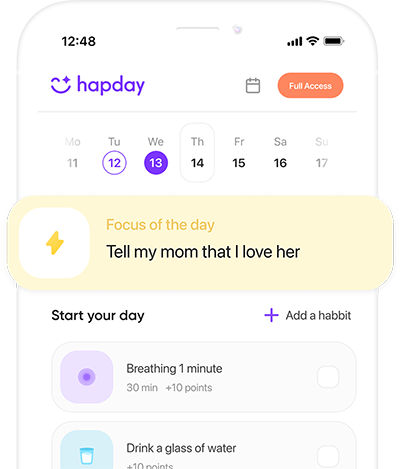Navigating life with Autism Spectrum Disorder (ASD) can be a bit like hiking an unpredictable trail — one that demands understanding, patience, and strategies that fit just right. So, let’s dive into some of the daily hurdles for those on this journey, as well as practical tips that might make the path smoother.
Table of Contents
- What is Autism Spectrum Disorder?
- Daily Challenges Faced by Individuals with ASD
- Solutions and Strategies
- Conclusion
- References
What is Autism Spectrum Disorder?
In broad terms, Autism Spectrum Disorder (ASD) is a developmental condition featuring challenges with social interaction, communication, and often repetitive habits. The numbers are striking: Back in 2020, the Centers for Disease Control and Prevention (CDC) reported that about 1 in 54 kids in the U.S. was diagnosed with ASD. Boys are notably four times more likely to receive an ASD diagnosis than girls. But here’s the thing—no two people with ASD are exactly the same. It’s like an ever-changing mosaic, with each piece fitting a little differently.
Daily Challenges Faced by Individuals with ASD
Communication Difficulties
It’s fair to say that communication can be a huge hill to climb. For many folks with ASD, both verbal and non-verbal cues can feel like deciphering a foreign language. How does one interpret a frown or a sharp tone of voice? It’s not straightforward, which often leads to tangled misunderstandings.
Sensory Sensitivities
Ever felt overwhelmed by bright lights or loud noises? Imagine that sensation amplified. The Journal of Autism and Developmental Disorders published a study highlighting how more than 90% of kids with ASD face sensory challenges, which can turn even simple daily tasks into major hurdles.
Social Interaction Challenges
Let’s face it, socializing can be intimidating even for the most extroverted among us. Imagine not picking up on social cues or struggling with eye contact; it can make interactions daunting. For those with ASD, this often leads to feelings of being an outsider in social settings.
Routine and Change
There’s a real comfort in routines for many on the spectrum. Changes, especially sudden ones, can cause a ripple of anxiety. It’s like having a puzzle piece that doesn’t quite fit when routines are disrupted.
Executive Functioning Deficits
Think of executive functioning skills as the brain’s management team—organizing, planning, managing time. When these skills are underdeveloped, even daily to-dos can feel insurmountable, much less handling schoolwork.
Solutions and Strategies
Enhancing Communication Skills
Speech and language therapy? Absolutely valuable. Therapists use tools like visual aids or role-playing to help break down the nuances of language and communication. And for those who are non-verbal, devices for Augmentative and Alternative Communication (yep, AAC) can open a whole new world.
Managing Sensory Sensitivities
Creating a sensory-friendly space is a game-changer. Whether it involves noise-cancelling headphones or adjusting light settings, individual comfort is key. Occupational therapy can also offer strategies to manage sensory overload, making everyday experiences a tad more manageable.
Facilitating Social Interactions
Join a club or support group. Why? Because social skills training programs that teach recognition of social cues offer real benefits. They can also turn social dread into a chance for connection—in a comfy environment, of course.
Establishing and Maintaining Routines
Visual schedules and planners aren’t just tools; they’re lifesavers. They help ease anxiety about the future by making tasks predictable. Prepping for change with cues like timers can be a gentle way to navigate life’s unpredictability.
Supporting Executive Functioning
Need help managing tasks? Planners, to-do lists, and reminders are the secret weapons. Cognitive-behavioral therapy (CBT) can also be transformative, helping to refine these skills and lasso anxiety around daunting tasks.
Conclusion
Living with Autism Spectrum Disorder isn’t a walk in the park, but with right support and strategies, a fulfilling life is well within reach. Empathy and understanding from those around us make a world of difference. When tailored solutions are embraced, we can foster an inclusive environment that respects and accommodates everyone’s unique needs.
For more personalized support and strategies to enhance well-being, check out Hapday.
References
- Centers for Disease Control and Prevention. (2020). “Data & Statistics on Autism Spectrum Disorder”.
- Ben-Sasson, A., et al. (2009). “A Meta-Analysis of Sensory Modulation Symptoms in Individuals with Autism Spectrum Disorders”.
- Lord, C., et al. (2018). “The Lancet commission on the future of care and clinical research in autism”.

